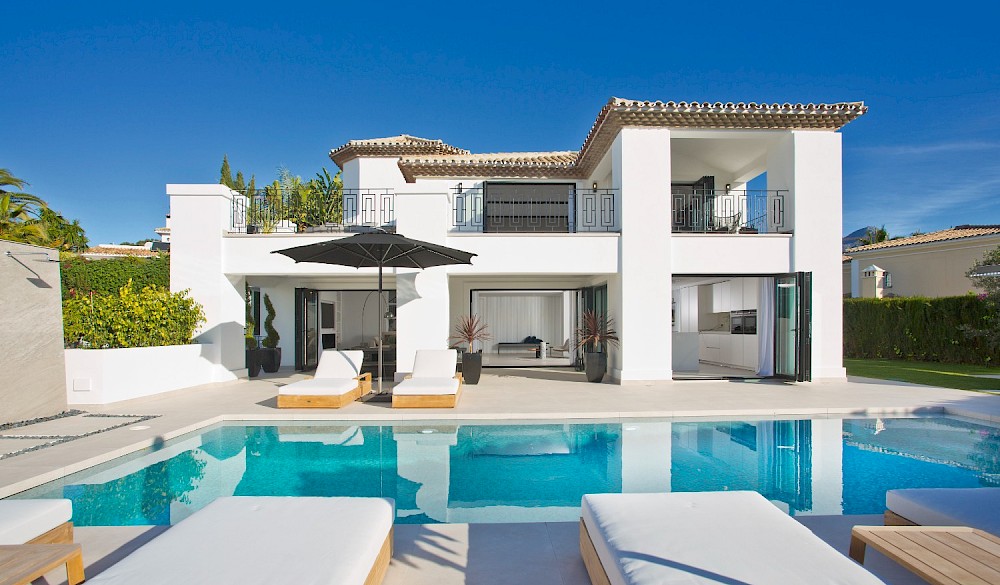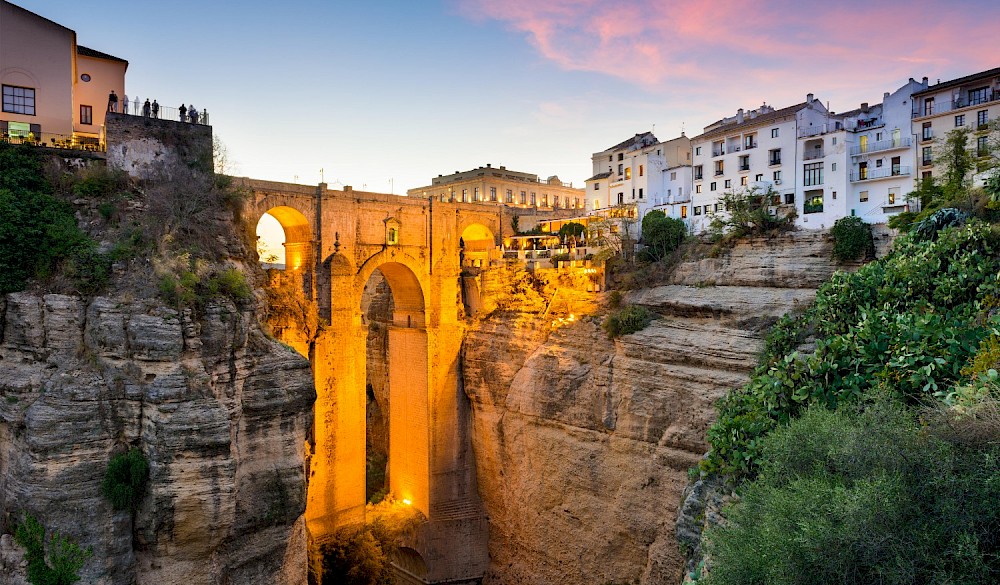Purchasing a new home in Costa del Sol is a significant investment, and understanding your financing options is crucial. This guide provides an overview of the various financing methods available to homebuyers in this vibrant region.
1. Traditional Mortgages
Traditional mortgages are the most common way to finance a new home in Costa del Sol. Spanish banks offer a variety of mortgage products to both residents and non-residents.
Key Features:
-
Fixed-Rate Mortgages: Offer stability with a fixed interest rate over the loan term, making it easier to budget for monthly payments without worrying about rate fluctuations.
-
Variable-Rate Mortgages: Interest rates fluctuate based on the Euribor rate, which can lead to lower payments when interest rates are low, but they can also increase if rates rise.
-
Mixed Mortgages: Combine fixed and variable rates, offering a fixed rate for an initial period, then switching to a variable rate, providing initial payment stability followed by potentially lower rates.
Eligibility Criteria:
-
Income Proof: Steady income and employment history are crucial for demonstrating the ability to repay the loan.
-
Credit Score: A good credit history is essential for securing favorable terms and interest rates.
-
Property Valuation: The property must be appraised by the bank to ensure it meets the value criteria for the mortgage amount.
2. Non-Resident Mortgages
Non-residents can also obtain mortgages in Spain, although the terms may differ slightly from those for residents.
Key Features:
-
Loan-to-Value (LTV): Typically up to 70% for non-residents, meaning buyers may need to provide a larger down payment.
-
Interest Rates: May be slightly higher than those for residents due to perceived higher risk.
-
Documentation: Additional documentation such as proof of residence and income in the home country may be required.
Eligibility Criteria:
-
NIE Number: Non-resident buyers must obtain a NIE (Número de Identificación de Extranjero), a tax identification number for foreigners.
-
Financial Stability: Proof of sufficient income and financial stability to support mortgage repayments.
3. Developer Financing
Some developers offer financing options directly to buyers, which can be a convenient alternative to traditional bank mortgages.
Key Features:
-
Flexible Terms: May offer more flexible payment terms compared to banks, making it easier for buyers to manage payments.
-
Convenience: Simplified process, as the developer handles the financing, reducing the paperwork and approval time.
-
Competitive Rates: Sometimes competitive interest rates compared to traditional mortgages, making them an attractive option for many buyers.
Eligibility Criteria:
-
Property Purchase: Must be buying directly from the developer, limiting the choice to specific properties.
-
Deposit Requirements: May require a larger upfront deposit than traditional mortgages.
4. Bridge Loans
Bridge loans are short-term financing solutions designed to bridge the gap between buying a new property and selling an existing one.
Key Features:
-
Short-Term Solution: Typically up to 12 months, providing temporary financing.
-
Quick Approval: Faster approval process compared to traditional mortgages, allowing for quick access to funds.
-
Higher Interest Rates: Generally higher interest rates due to the short-term nature of the loan.
Eligibility Criteria:
-
Collateral: Existing property must be used as collateral to secure the loan.
-
Exit Strategy: Clear plan to repay the loan, typically through the sale of the existing property.
5. Equity Release
Equity release allows homeowners to access the equity in their current property to finance the purchase of a new home.
Key Features:
-
Access to Equity: Use the equity built up in your current home to fund the new purchase.
-
No Monthly Payments: Some plans do not require monthly repayments; the loan is repaid when the property is sold.
-
Flexible Use: Funds can be used for any purpose, including purchasing a new home.
Eligibility Criteria:
-
Age Requirement: Often available to older homeowners (typically 55+), making it a popular option for retirees.
-
Property Value: Sufficient equity in the existing property is required to secure the loan.
6. Personal Loans
Personal loans can be used to finance a portion of the home purchase, especially for smaller amounts or to cover additional costs such as renovations.
Key Features:
-
Unsecured Loan: No collateral required, making it accessible to those who do not wish to use their property as security.
-
Flexible Use: Funds can be used for any purpose, providing flexibility for homebuyers.
-
Shorter Terms: Typically shorter repayment terms compared to mortgages, leading to quicker repayment but higher monthly payments.
Eligibility Criteria:
-
Credit Score: Good credit history is essential to secure favorable terms and interest rates.
-
Income Proof: Steady income and employment history to demonstrate the ability to repay the loan.
7. Government Assistance Programs
There are various government programs and incentives aimed at helping buyers, particularly first-time homebuyers, to purchase property in Spain.
Key Features:
-
Subsidies: Grants or subsidies for eligible buyers to reduce the cost of purchasing a home.
-
Tax Benefits: Reduced property transfer taxes or deductions on mortgage interest to make home buying more affordable.
Eligibility Criteria:
-
Residency: Must meet residency requirements, often aimed at residents of Spain.
-
Income Limits: Some programs have income limits to target assistance to those who need it most.
Conclusion
Understanding the various financing options available is crucial when purchasing a new home in Costa del Sol. Whether you choose a traditional mortgage, developer financing, or other methods, it’s important to evaluate each option carefully and consider your financial situation and long-term goals. Consulting with financial advisors and real estate professionals can help you make an informed decision and secure the best financing solution for your new home.






